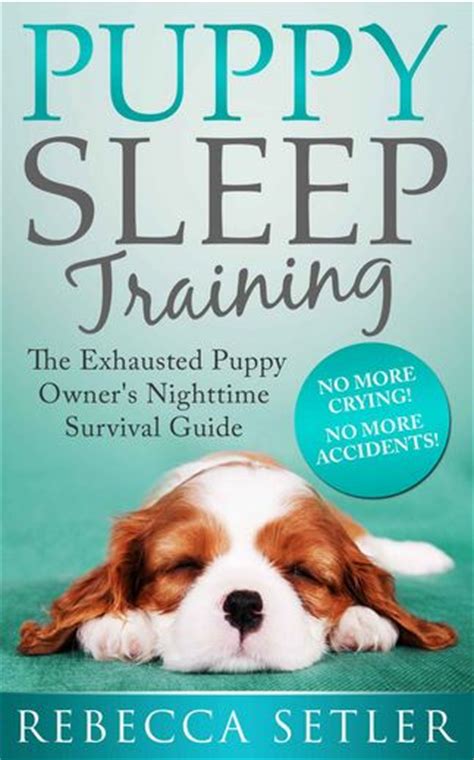The Only Puppy Sleep Training Guide You'll Ever Need
Bringing home a new puppy is an exciting time, filled with playful cuddles and endless adorable moments. However, the joy can quickly fade when faced with sleepless nights. Puppy sleep training can feel like an uphill battle, but with the right approach, you can establish healthy sleep habits for both you and your furry friend. This comprehensive guide will provide you with all the tools and knowledge you need to navigate this crucial phase.
Understanding Your Puppy's Sleep Needs
Before diving into training techniques, it's crucial to understand your puppy's sleep requirements. Puppies, especially very young ones, sleep significantly more than adult dogs. They need frequent naps throughout the day and longer stretches of sleep at night. However, their sleep patterns are still developing, and they might wake up frequently due to hunger, needing to eliminate, or simply because they're still learning to self-soothe.
How much sleep does a puppy need?
A puppy's sleep needs vary with age and breed, but generally, they sleep between 18-20 hours a day. Very young puppies (under 8 weeks) may sleep even more. Don't be alarmed if your puppy sleeps a lot – it's a vital part of their growth and development.
Creating a Consistent Sleep Routine
Consistency is key to successful puppy sleep training. Establishing a predictable routine signals to your puppy when it's time to wind down and prepare for sleep.
Establishing a Bedtime Routine
A consistent bedtime routine helps your puppy anticipate sleep. This could include:
- A final potty break: Take your puppy outside right before bedtime to eliminate.
- A quiet playtime session: Engage in some low-key playtime to burn off excess energy. Avoid overly stimulating games right before bed.
- A calming cuddle: Spend some quiet time cuddling and petting your puppy.
- Placement in their designated sleep area: Make sure their bed is comfortable and in a safe, quiet location.
How to Choose the Right Sleep Environment
The environment plays a crucial role in your puppy's ability to sleep soundly.
Creating a Safe and Comfortable Sleep Space
Your puppy's sleep space should be:
- Safe and secure: A crate or dog bed in a quiet area of the house, away from traffic and loud noises.
- Comfortable: Provide a soft, comfortable bed or bedding.
- Dark and quiet: Minimize light and noise distractions as much as possible.
Dealing with Nighttime Wakings
Nighttime wakings are inevitable, especially in the early stages. However, you can minimize disruptions with consistent management.
Responding to Nighttime Whining or Crying
Avoid reinforcing unwanted behavior by immediately responding to every whimper. Instead:
- Wait a few minutes: Give your puppy a chance to self-soothe.
- Check on them briefly: If the crying persists, briefly check on your puppy to ensure they don't need to go to the bathroom or are otherwise distressed. Avoid interaction beyond the essentials.
- Positive reinforcement: If you take your puppy out and they eliminate, praise them calmly and return them to their bed.
Should I let my puppy sleep in my bed?
Whether or not to allow your puppy to sleep in your bed is a personal choice. While it can be comforting for both you and your puppy, it can also hinder sleep training progress. It's often better to establish independent sleep habits early on.
Using a Crate for Sleep Training
A crate can be a valuable tool for sleep training. It provides a safe and secure den-like environment that many puppies find comforting.
Crate Training for Sleep
- Positive association: Make the crate a positive experience by associating it with treats, toys, and comfortable bedding.
- Gradual introduction: Don't force your puppy into the crate. Let them explore it at their own pace.
- Consistent use: Use the crate consistently for naps and nighttime sleep.
When to Seek Professional Help
If you're struggling with puppy sleep training, don't hesitate to seek professional help from a veterinarian or certified dog trainer. They can provide personalized guidance and address any underlying medical or behavioral issues.
Conclusion
Puppy sleep training requires patience, consistency, and understanding. By following the strategies outlined in this guide, you can create a positive sleep environment for your puppy and ensure peaceful nights for both of you. Remember to celebrate small victories along the way and enjoy this special time with your new furry companion!

